Picture this: you're driving down the Las Vegas Strip during F1 weekend, and suddenly the massive Sphere lights up with Apple TV branding, promoting both the blockbuster F1 movie and a tempting Black Friday deal. This isn't just flashy marketing—it's a calculated demonstration of Apple's broader strategy to dominate the sports streaming landscape. Apple's massive investment in Formula 1 content represents a pivotal shift in how tech companies are approaching premium sports rights, with the company securing exclusive US broadcast rights through a five-year deal worth $750 million starting in 2026. The timing of this Sphere takeover perfectly aligns with the December 12 streaming debut of F1: The Movie, which has already crossed $629 million at the global box office. What makes this particularly compelling is how Apple is leveraging physical spectacle to drive digital engagement, transforming the iconic Las Vegas landmark into a massive advertisement for their ecosystem dominance.
Why the Sphere takeover signals Apple's ecosystem mastery
The Las Vegas Sphere activation reveals how Apple transforms simple content promotion into comprehensive ecosystem experiences. Unlike competitors who simply buy sports rights, Apple leverages their integrated technology stack to create touchpoints that competitors cannot replicate. This goes far beyond traditional marketing—promotional campaigns spanning app store banners, wallet notifications, and even 3D fly-overs of race tracks in Apple Maps create an interconnected web of engagement across every Apple service you already use.
Here's what makes their approach fundamentally different: Apple Sports will feature live updates for every qualifying, Sprint, and race for each Grand Prix across the season, with real-time leaderboards, season driver and constructor standings, Live Activities to follow on the Lock Screen, and a designated widget for the iPhone Home Screen. They're not just streaming races—they're making Formula 1 part of your daily iPhone experience, creating natural ecosystem lock-in that extends far beyond entertainment.
The demographics make this strategy even more powerful. Formula 1's US fanbase reached 52 million Americans in 2024, with 47 percent of new US Formula 1 fans aged 18-24—exactly the demographic Apple needs for long-term ecosystem adoption. By taking over the Sphere during the Las Vegas Grand Prix weekend, Apple is placing their brand at the center of the sport's most glamorous event, reaching these high-value users when engagement peaks. This physical activation serves as the capstone of their digital ecosystem strategy, creating a cultural moment that drives users deeper into Apple services.
The billion-dollar bet behind the spectacle
Apple's Sphere takeover represents just the visible tip of their Formula 1 investment iceberg. The financial commitment here is staggering: an annual fee of $140 million over five years, representing a significant premium over previous rights holders and positioning F1 as their flagship sports product. This $700 million total investment reflects Apple's understanding that sports rights aren't just content—they're strategic weapons in the streaming wars.
The business logic becomes clear when you examine Apple's broader financial picture. Apple's Services division hit the $100 billion annual mark and is growing at 12%, making streaming services paramount to their corporate valuation. F1 content serves as a premium subscription driver that justifies higher Apple TV pricing while creating compelling reasons for ecosystem adoption.
The F1 movie success validates this investment approach. The film stayed in theaters for over 14 weeks and generated unprecedented box office returns, demonstrating sustained cultural interest that now translates into streaming value. The Sphere promotion brilliantly capitalizes on this momentum, combining movie success with a Black Friday offer to create urgency around Apple TV subscriptions while F1 content enjoys peak cultural relevance.
What sets Apple apart is their investment in authenticity. The company secured exclusive access to real F1 garages, tracks, and Grand Prix weekends, creating content experiences that competitors simply cannot match. When you can film at Monaco and Silverstone with actual F1 cars, your content automatically carries legitimacy that pure streaming competitors lack—and that authenticity now extends to every aspect of their F1 ecosystem integration.
What this means for the future of sports marketing
The Las Vegas Sphere takeover signals how tech companies are moving beyond traditional broadcast partnerships toward immersive, hardware-enabled experiences that redefine sports consumption. Apple's strategy positions F1 content as a key application to drive consumer adoption of Apple Vision Pro, with immersive viewing capabilities including multiple race feeds, real-time statistics, and 3D track visualization. The Sphere activation serves as a bridge between current marketing tactics and these next-generation viewing experiences.
This approach creates competitive moats that pure streaming services cannot cross. While Netflix competes on content volume and Disney leverages IP, Apple can utilize hardware and software infrastructure to create unique viewing experiences that only make sense within their ecosystem. Imagine F1 content integrated with Apple Watch fitness tracking during races, or AirPods spatial audio placing you in the cockpit—experiences that require Apple's full technology stack.
The success of this US launch will serve as proof of concept for potential global expansion, with Apple exploring future rights in other countries based on market response. If the Vegas spectacle generates significant subscription conversions and engagement metrics, we'll likely see similar physical activations in other major markets where Apple is eyeing sports rights. This creates a playbook for how tech companies can use experiential marketing to transform content into cultural events, turning streaming subscriptions into lifestyle choices.
The bottom line on Apple's Vegas power play
Apple's takeover of the Las Vegas Sphere demonstrates how integrated ecosystems can amplify content investment across multiple revenue streams and customer touchpoints. Rather than simply buying broadcast rights, Apple has created a comprehensive entertainment experience spanning theatrical films, live sports, mobile apps, and now iconic physical landmarks. This approach transforms their F1 investment from a content expense into an ecosystem accelerator.
What makes this strategy particularly effective is Apple's understanding that modern audiences expect experiences, not just content. The company has successfully combined the cultural cachet of Formula 1, the star power of their Brad Pitt movie, and the visual impact of the world's largest LED display to create a marketing moment that drives both immediate subscription conversions and long-term brand affinity. This isn't just about competing with other streaming services—it's about positioning Apple as the premium gateway to premium sports experiences.
The Vegas spectacle also reveals Apple's unique competitive advantage in the streaming landscape. As traditional TV rights face extinction in favor of streaming platforms, Apple's integrated approach shows exactly why they're positioned to dominate the future of sports entertainment. They're not just acquiring content—they're creating ecosystems of engagement that make their services increasingly indispensable to users' daily lives. The glowing Sphere lighting up the Vegas Strip isn't just marketing; it's a signal that the future of sports streaming belongs to companies that can create experiences beyond the screen.




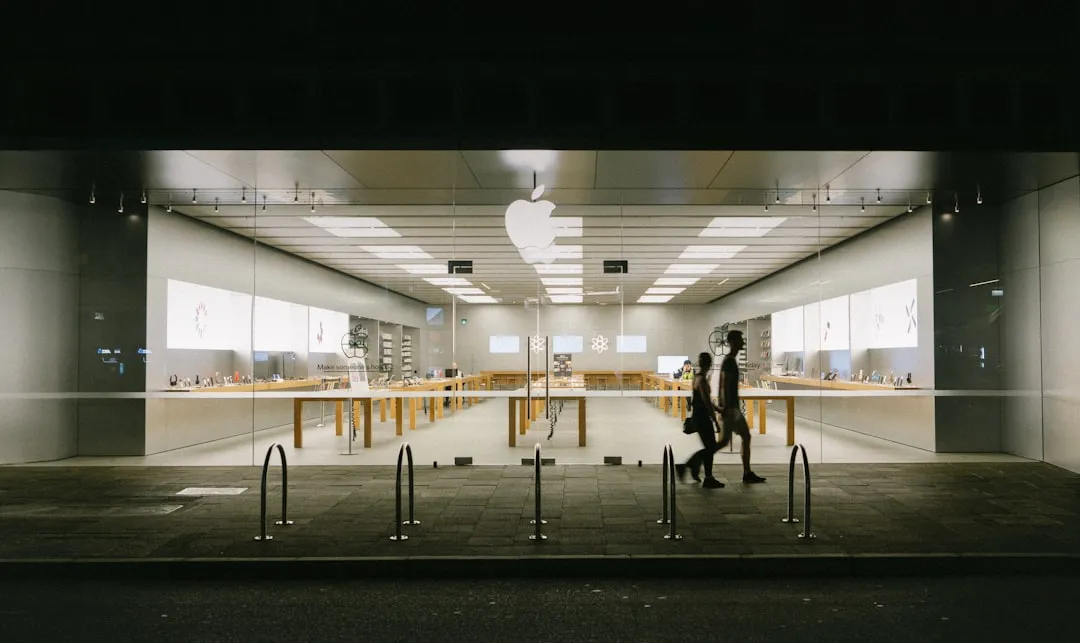

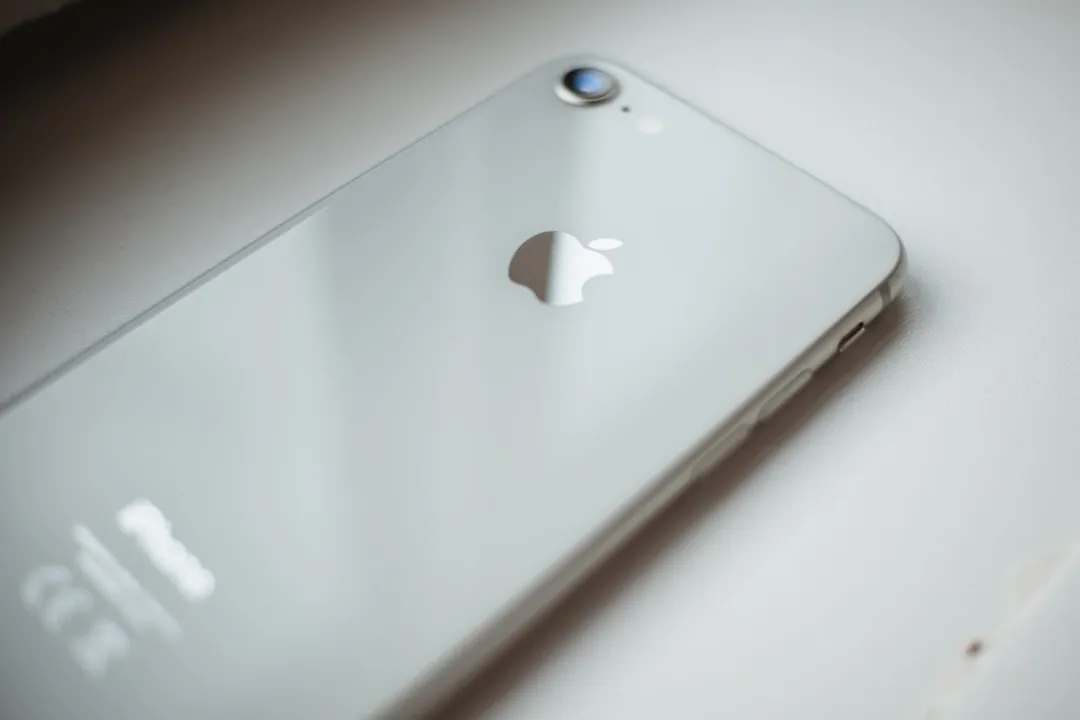
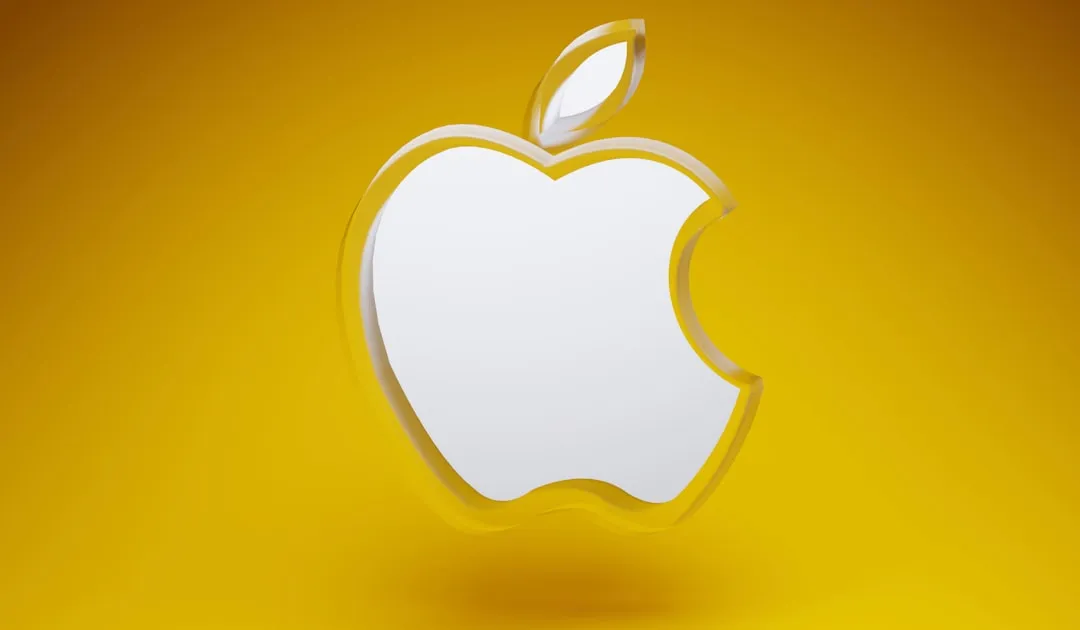
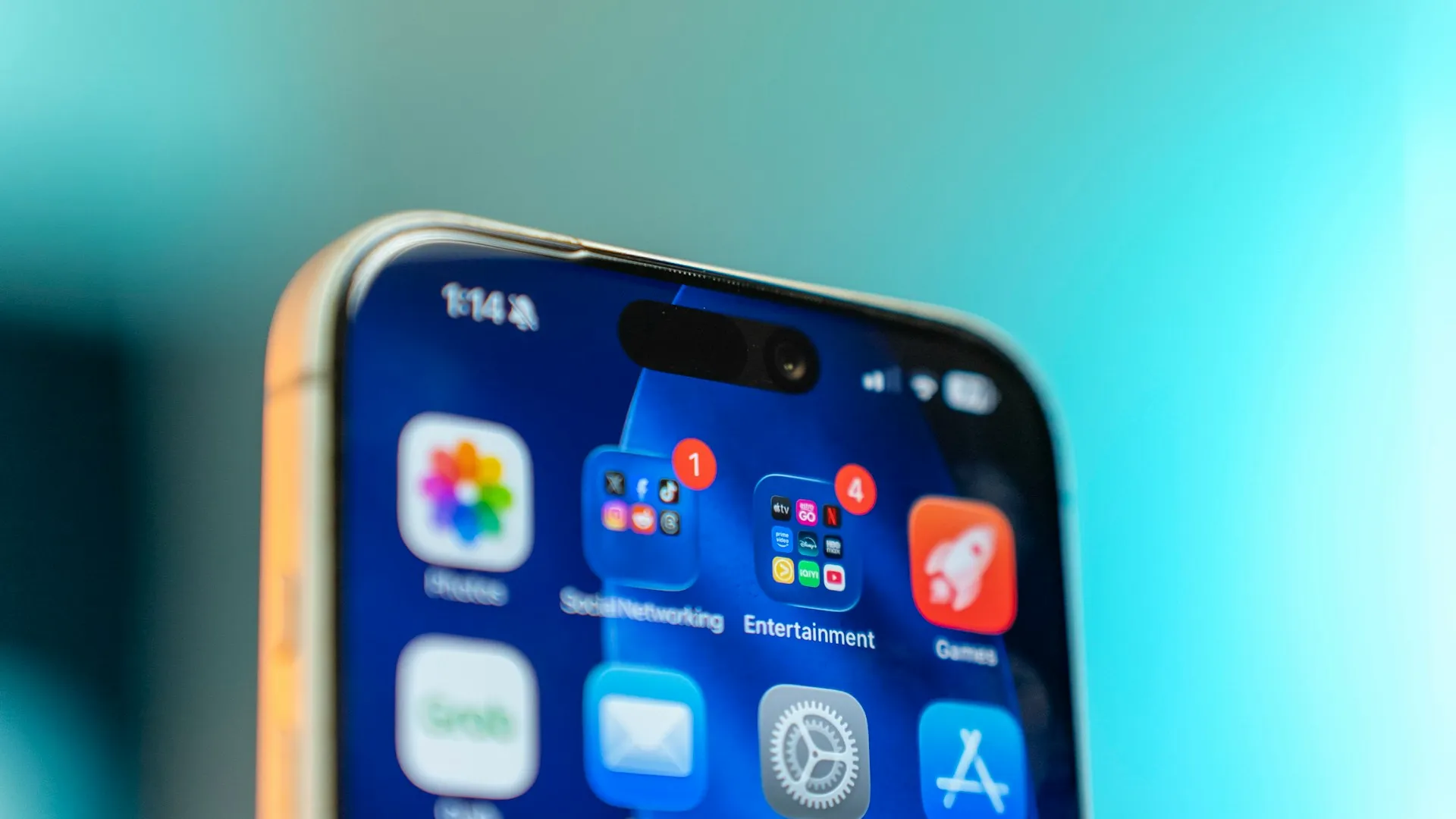
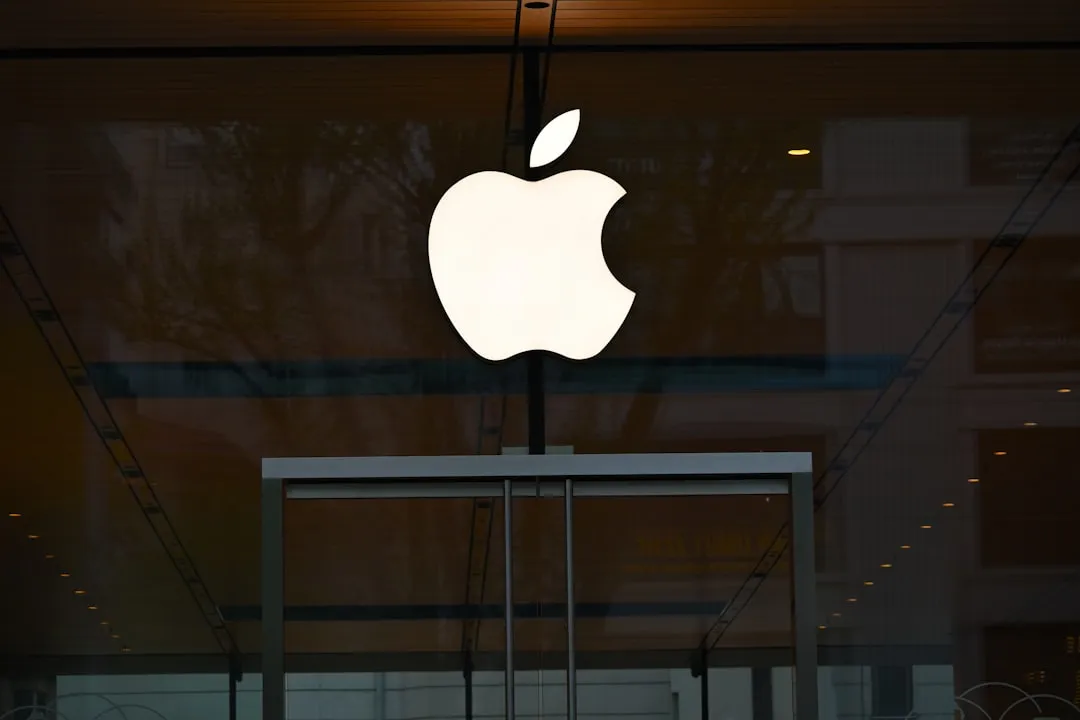




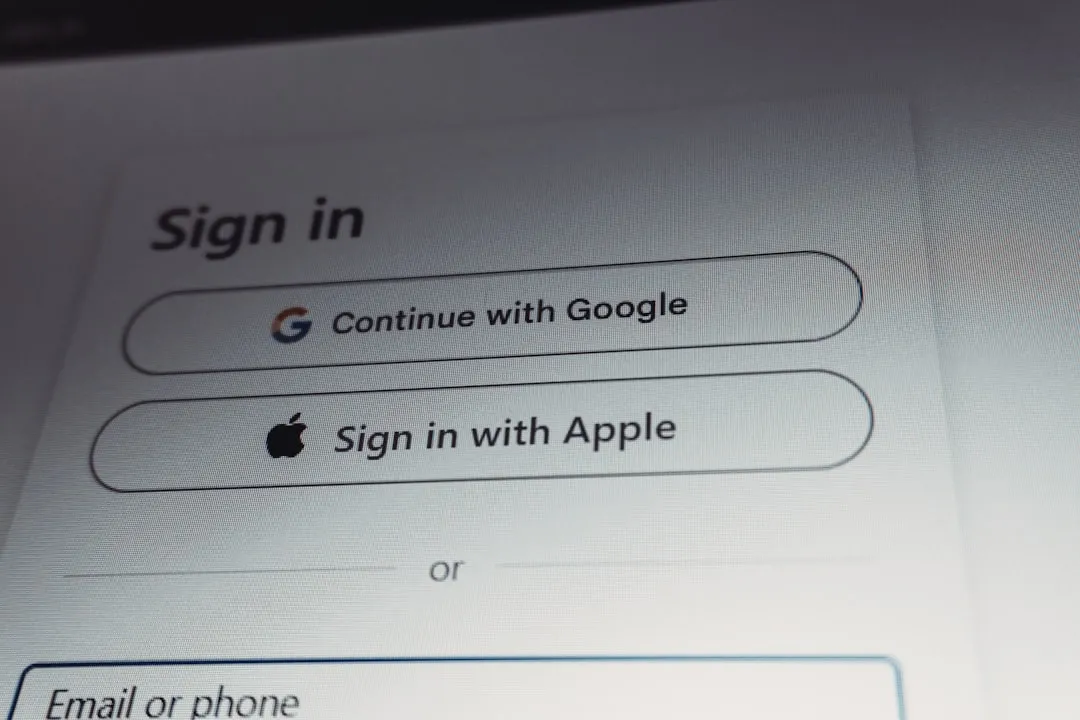

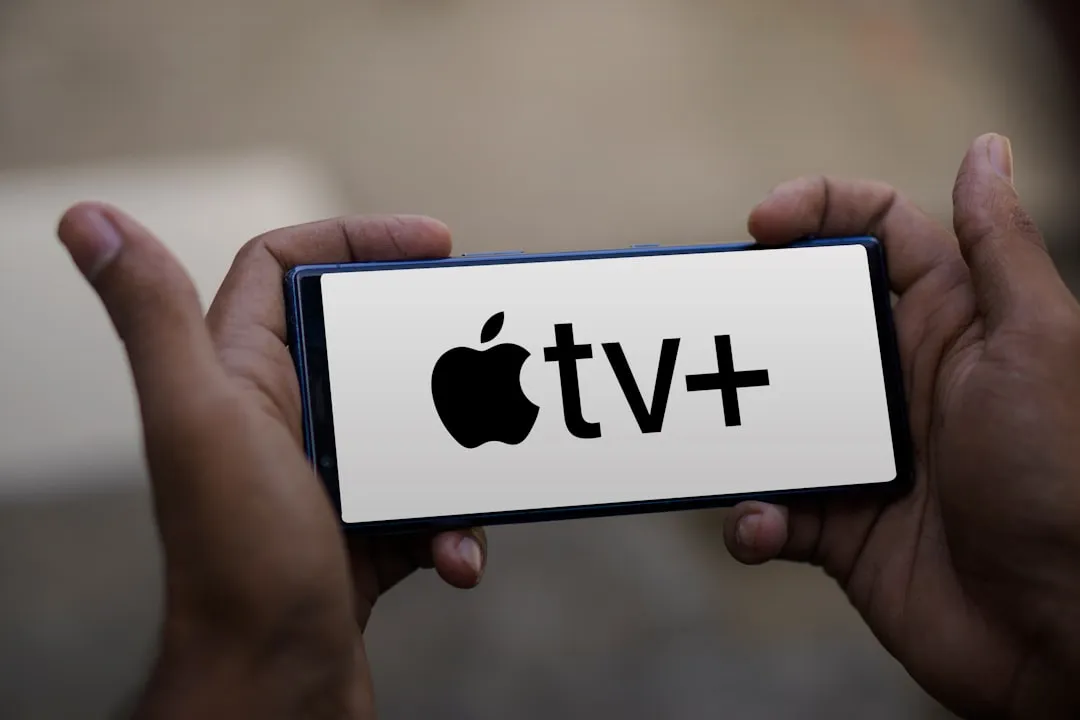

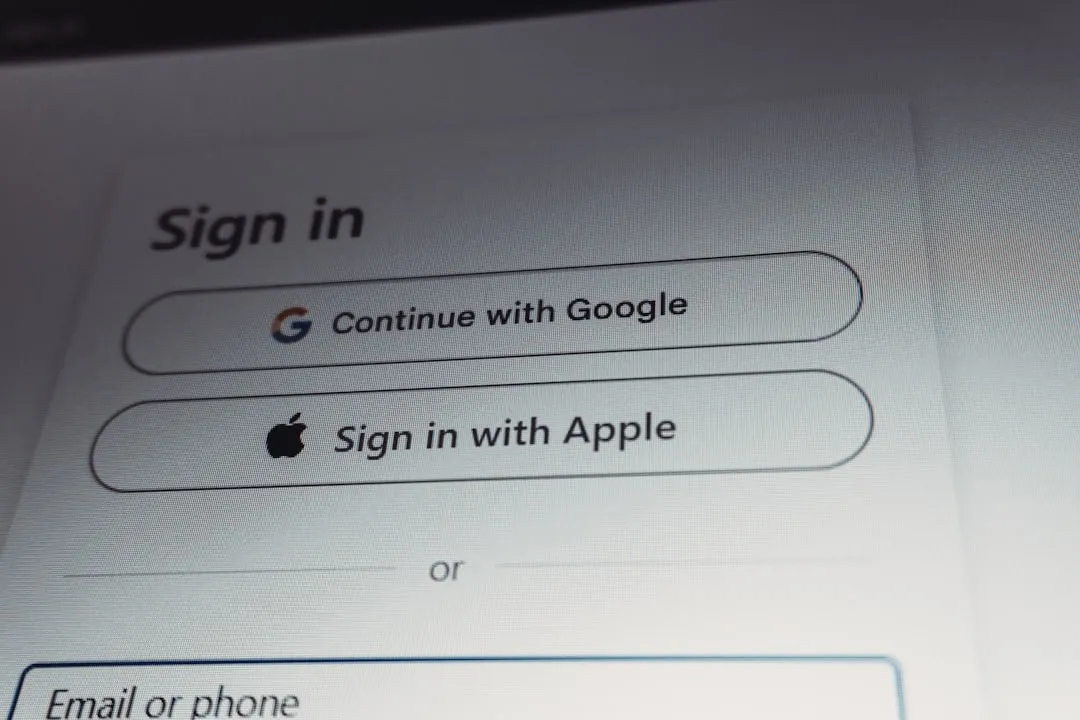





Comments
Be the first, drop a comment!